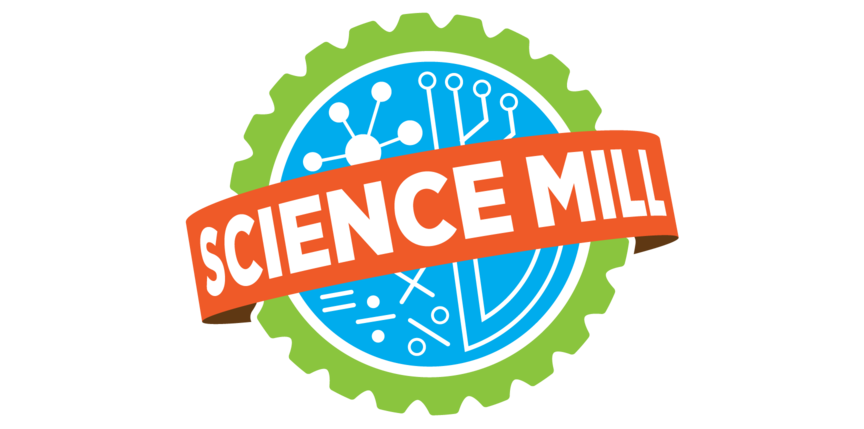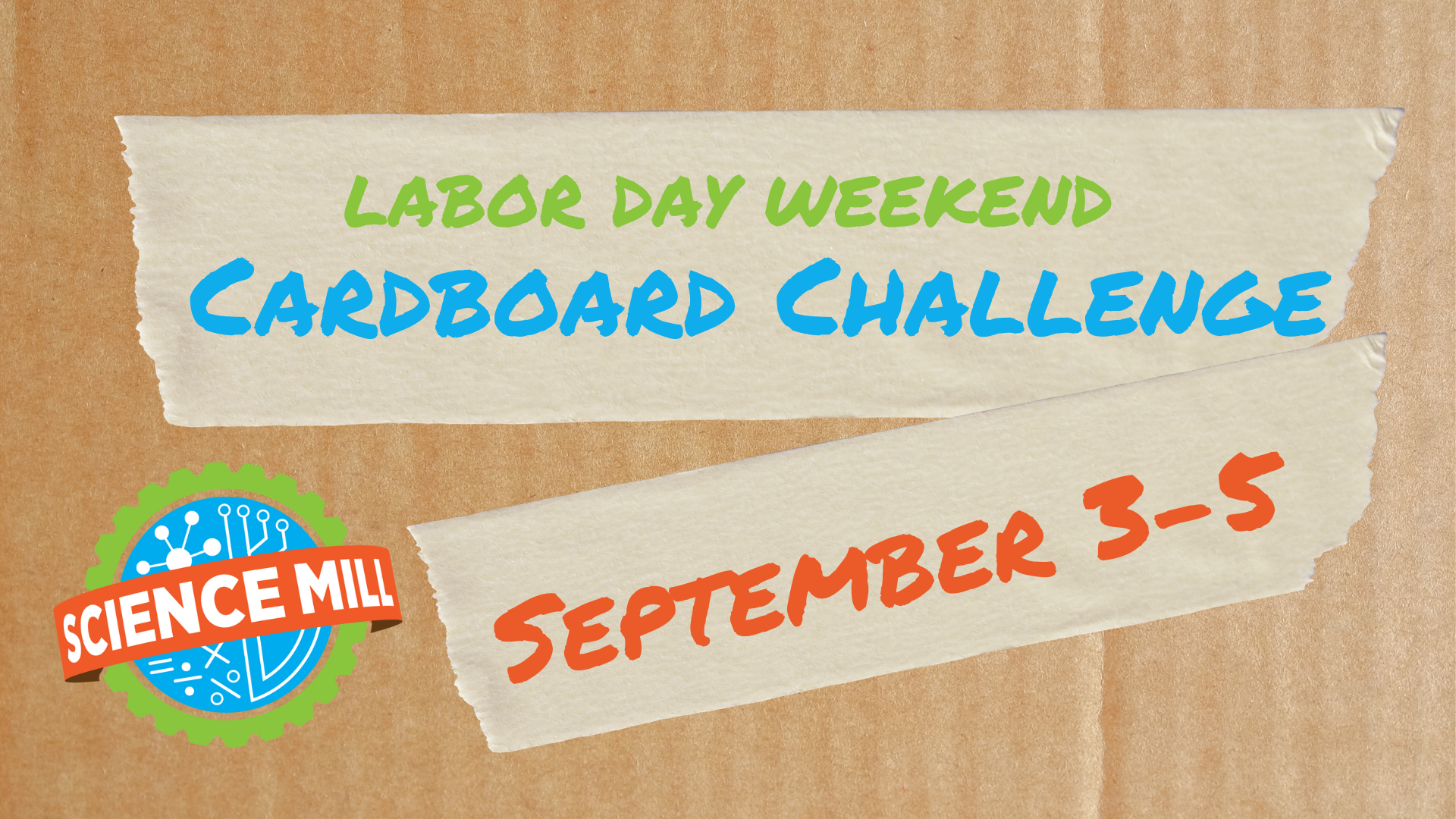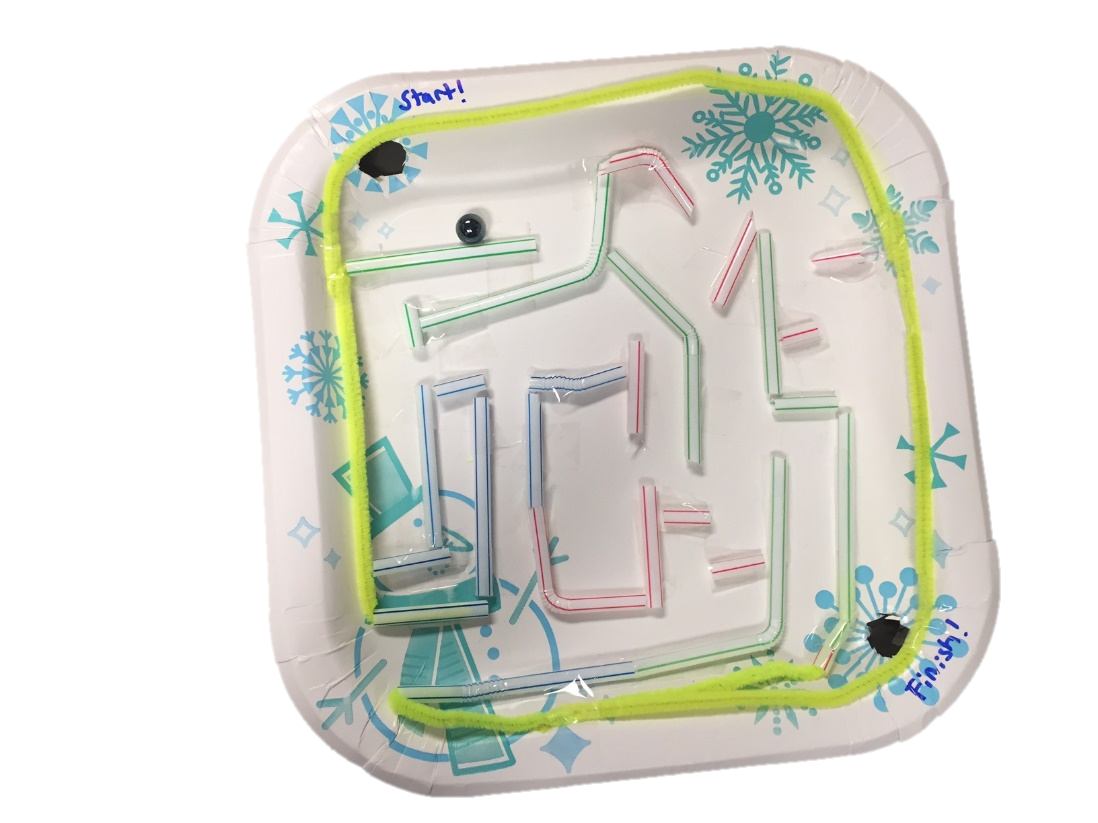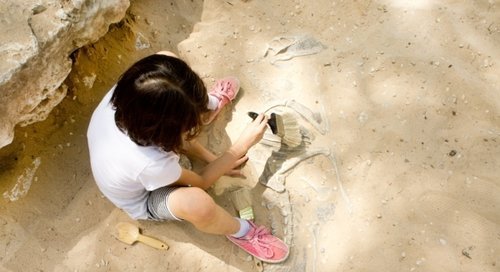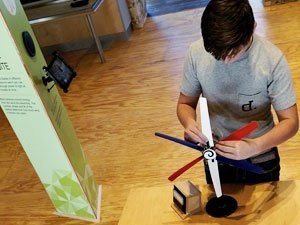Teaching Physics to 8th grade students was fun and uniquely challenging. The standards addressed on this topic were counterintuitive but ones that they experienced on a regular basis. How do you teach that all objects are acted upon equally by gravity? What about the fact that, when turning in a car, you are not pushing into the door, but the car is prohibiting you from continuing on a straight path? What seems to be innately familiar, in many instances, are incorrect. At the Science Mill, we dabble in these gray areas all the time, and help students make sense of the world around them.
-Jeff Wheatcraft, Science Mill Director of STEM Education Growth
The Physics of Wind
Did you know that air is a fluid? It behaves just like water, flowing over and around objects. When we feel the wind, we are feeling the motion of the fluid (air) around us. Physicists and engineers have studied and harnessed these fluid dynamics for technology like airplanes and wind turbines. Let’s look at airplanes, and the number one question people have about airplanes - How do planes fly? Why, magic, of course! Just kidding. The key physics term you need to know here is LIFT.
What is lift? “Lift is a mechanical force generated by a solid (e.g. an airplane) moving through a fluid (e.g. air)... It directly opposes the weight (the force of gravity) of an airplane and holds the airplane in the air”. This applies to water craft moving through water as well as aircraft moving through the air. Lift can only be generated if there is motion; that’s why pilots have to get the plane moving down the runway, with an engine, before leaving the ground. The curved shape and slightly inclined angle of plane wings are what causes the pressure on top of the wing to be less than the pressure on the bottom, which results in an upward lift force. The balance of all of the forces on an airplane: forward thrust from the engines, backward drag from the air, downward gravity (weight), and upward lift, results in the plane moving at a constant velocity through the air toward your destination.
What about the physics of renewable wind energy? You may have heard the terms “windmill” or “wind turbine” used interchangeably, but they are different technologies! Windmills are an older technology that did just as its name suggests: use wind to operate a grain mill, which produced flour and other grain products. Windmills were also used to pump water to cities and houses. Modern renewable wind energy comes from much taller and much larger Wind Turbines: “The energy in the wind turns two or three propeller-like blades around a rotor… which spins a generator to create electricity.” Just like the wings of an airplane, lift is generated on the turbine blades as the wind (fluid) moves the air around the turbine blades. In extremely high winds, wind turbines have safety controls to prevent the propeller blades from spinning too fast; rotor speeds that are too high can cause damage to wind turbines.
Check out our interview below with Sarah Green, a Senior Project Manager and Aerospace Engineer, who works in the wind energy industry and used to build and launch satellites in college!
References:
The Physics of Windmill Design
How a Wind Turbine Works | DoE
What is Lift? | Glenn Research Center
Ask Smithsonian: What is Wind?
What's the Difference Between a Windmill and a Wind Turbine?
Meet Sarah Green, PMP
Senior Project Manager for Wind Turbine Manufacturer - Siemans Gamesa
What was your journey into your current field?
I studied aerospace engineering at Texas A&M University, which got me interested in both traditional aerospace areas like aircraft and spacecraft, as well as different aero technology like wind turbines. While in college I also worked at a research lab called AggieSat that collaborates with NASA to design, launch, and track satellites. It was a fantastic opportunity to both learn satellite design and see how the space industry works outside of the college setting. I started at my current company as an engineer in training after I graduated from college. In that role I performed maintenance on operational wind turbines in the field and then explored rotations in back office groups to understand how the different departments work together. Since that position, I've held a variety of roles in the company, always in the technical realm, sometimes doing engineering work and more recently moving into technical project management like my current role.
How did you initially become interested in STEM?
My family has always been very STEM-oriented; I'm related to school teachers, engineers, veterinarians, and self-proclaimed tech/space nerds. Curiosity in science was always a part of my life growing up and something I'm very thankful to have been exposed to since I was young.
What other career opportunities are there in this field?
Wind energy is a fascinating industry with a lot of career opportunities throughout the turbine life cycle. From designing to building to maintaining wind turbines, there's many innovative roles that wind energy has to offer. The US is also in the process of expanding further into offshore wind so that will be a particularly exciting part of the business to watch in the coming years.
What is something people may not know about the wind turbine industry?
Wind energy is a truly global industry, so in many roles, you get to meet colleagues from different countries and cultures which is a very fun part of the job. Tackling climate change is a global challenge, so it's really wonderful to feel invested in a world-wide effort to improve our planet.
What would you say right now to your 10-year-old self?
Keep being a bookworm and learning as much as possible about the world around you, there's so many things to explore out there!
Tell us about your favorite teacher
This has to be a tie between my high school orchestra director and my Latin teacher, which maybe seems odd, but actually they had some very key similarities. They were both so very knowledgeable in their respective fields and that expertise really instilled a love of learning in all their students. They were very passionate about seeing their students succeed and they always knew the most impactful and fun ways to teach.
DIY Flying Machines
Students will work with partners in order to create and improve the design for their own flying machines!
